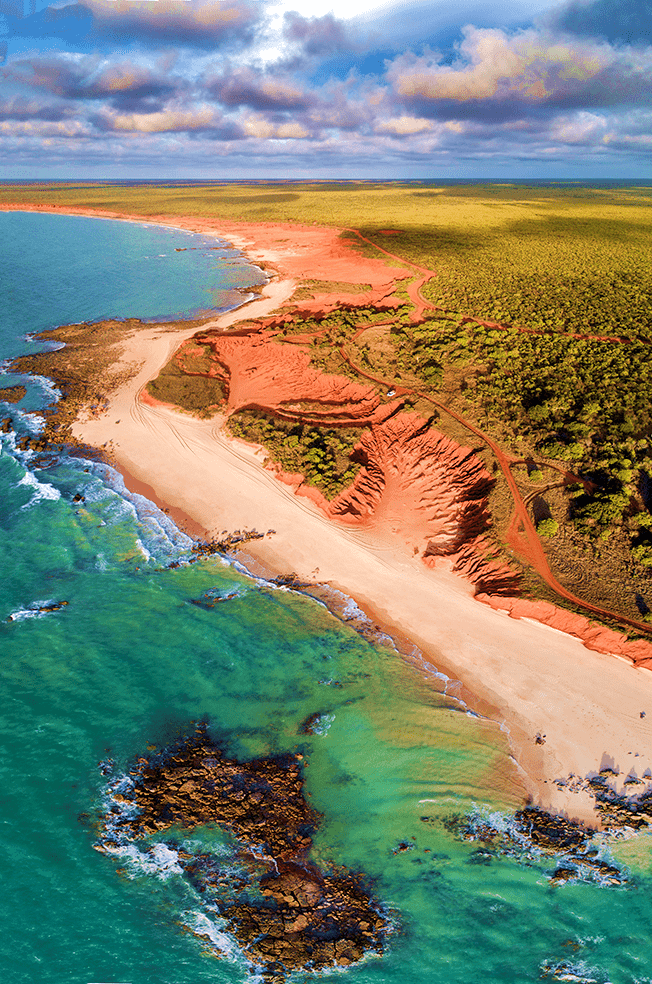
Total Reset: A Comprehensive Overview of First Peoples’ Wisdom and its significance for our future
In a nutshell
Total Reset (the 680-page printed book and the 36-hour audiobook narrated by Mark Coles Smith) is in three parts. In Part 1, half of its sixteen chapters trace the rise of civilisation, how and why modern societies function as they do, and provides pointers to what is coming down the pipeline, interspersed with hard evidence of the rapidly deteriorating state of our world.
Those chapters alternate with eight others containing stories of the author’s life journey leading to his 1991 encounter in Australia’s remote West Kimberley region and subsequent decades with the Goolarabooloo people and their apical ancestor Lulu, a powerful widely respected Aboriginal maja (senior Law keeper) and maban (shaman).
Lulu and the Goolarabooloo people, realising the time had arrived to share tens of thousands of years of transmitted knowledge about the nature of reality and the role and place of humans in sustaining life on Earth, gradually revealed to the author a radically different window through which to look at reality in the form of the original knowledge carried by the First Peoples of Australia. Much of the public component of that knowledge is shared in the 312 pages that comprise Part 2 of the book (Chapters 17-29).
That is where we enter the world of traditional Aboriginal people like Lulu who lived in the holistic experience of the interconnectedness of all elements of life, material and non-material; “sitting on the ground at the bottom of everything” to borrow his words. That oneness appreciation was characterised by a recognition of each species holding its unique Law or set of principles for operating as a coherent part of the whole, their blueprint for being. For the human species, it is generally referred to by the Aboriginal and Torres Strait Islander Peoples of Australia as First Law. Every senior Law keeper with whom the author associated emphasised people lived in accord with it for thousands of generations, in their words, “since the beginning.” It was fulcrum of genuinely equitable, enduring societies.
The elders maintained that First Law was not created by humans but was given to the First Peoples by ancestral creator (spirit) beings. Its working were not only visible as Country but as the political, social and economic constructs of many different societies across Australia. By adhering to First Law, people were able to live as autonomous beings in dignity and freedom, free of poverty and wars of conquest and with the regenerative cycles of life sustained rather than degraded by human activity. Part 2 explores common features of those various constructs, likely pointers to sapiens’ blueprint for living. First Law.
As widespread loss of that applied original knowledge may well be the root cause of the endless wars, ongoing ecological destruction and pervasive inequities and poverty, its re-emergence is likely to generate a total reset of political, social and economic systems, structures and values without which the end result for humanity (possibly this century, on current trends) is not difficult to predict.
That is exemplified in Part 3 whose first two chapters tell a real-life story of a concerted effort to exploit and degrade sacred land in the relentless quest for growth and profits as global corporations and governments joined together to attack the very foundations of life. The Battle of Walmadany vividly shows what is happening not only in Australia and in many other countries but also demonstrates the power of people united who hold respect for the cradle of life - our natural world and its inhabitants.
As replacing exploitative structures and systems with life-sustaining ones calls for a return to the roots of what it means to be human in the context of the whole, the third chapter of Part 3 consolidates pointers to five principles of holistic societies; a composite blueprint for living that emerges from the original knowledge presented in Part 2. The five principles span (1) humanity’s non-material context, aka spiritual reality; (2) humanity’s material context, the natural world; (3) social organisation; (4) the economy; and (5) the place and role of the individual.
That blueprint constitutes a lens for viewing reality in a different light, one revealing solutions not previously prioritised or even visible, as exemplified in the chapters following the Battle of Walmadany which outline a range of initiatives – global, national, regional-local and individual – for humanity to re-align with its purpose and place on Earth. They are just some of a likely wide range of life-affirming initiatives waiting to manifest that appear to those who choose to look at the way forward through any window of original knowledge.
Total Reset is that rare gift, offering the opportunity to view things in a fresh way, opening the space for the appearance of innovative solutions for returning our Whole Earth System to balance.
“When people see money in the ground they don’t care about the trees on top, just knock them over and grab that money.”
“Yair, knock ‘em over, blow ‘em up. What are we gonna do?”
“I don’t know, Lulu. Your mob and mine are looking at the same world in totally different ways. Not wearing the same spectacles.”
Lulu gazed at me with the wide-open eyes of an innocent child. “Well, bubba, all you gotta do is give ‘em some new spectacles.”
Lulu and the author chatting in 1994 (Total Reset, p. 461)
